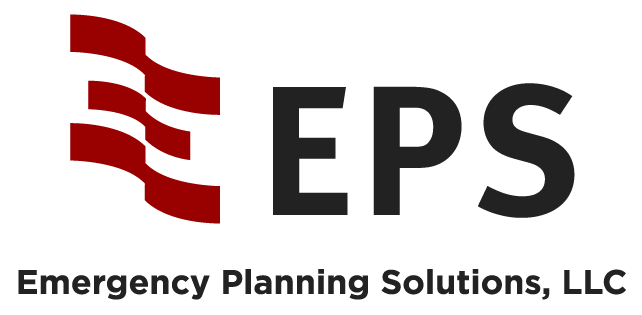Risk/Hazard Vulnerability Assessment
Management has ultimate responsibility to ensure that reasonable steps have been taken to identify potential hazards and put in place proper plans and mitigation strategies. An all-encompassing Hazard/Risk Vulnerability Assessment is the starting of any emergency planning efforts. By identifying hazards and risk that can affect your organization, you can determine whether to pursue preventing the hazard from occurring in the first place or mitigating the impacts if it were to occur.
By identifying risks/hazards, determining their probability and the magnitude of impacts to your population, your facilities and to your organization’s reputation, management can then prioritize what resources will be expended to prepare for or mitigate against them.
Conducting a risk assessment will allow you to determine:
- Which natural, man-made and technological hazards could affect you
- What areas are vulnerable to the hazards
- What assets will be affected
- To what degree these assets will be affected, as measured in dollar losses
How EPS Can Assist
EPS has helped develop a Hazard Vulnerability Assessment tool that has been adopted by FEMA and is used by countless institutions across the country. The tool is easily customizable to fit any organization’s requirements. If you already have a tool, we can assist your organization through the process. We can also assess your internal and external security.
A risk assessment involves a process of quantifying your hazards, risks, and vulnerabilities using a five-step process:
- Step 1 – Identify hazards and the direct and indirect impacts of each
- Step 2 – Determine how likely it is that each hazard will happen (probability)
- Step 3 – Estimate to what extent that hazard would impact you (severity): People (personnel, customers, visitors, etc), Facilities (buildings, laboratories, utilities, etc) and Institutional Impact (business interruption, reputation, etc)
- Step 4 – Determine the relative risks of the hazards and rank them for your emergency planning process.
- Step 5 – Determine the level of preparedness, training and mitigation that has been developed for the hazard

